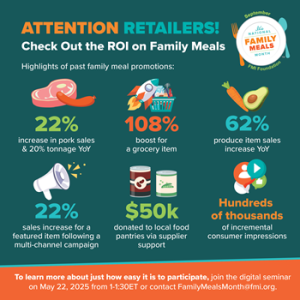Long-term averages in rice market may have big implication.
Milo Hamilton believes the direction of two long-term moving averages in the U.S. rice market could have major implications for rice futures prices in the months ahead.
The last time the five-year or 60-month average crossed the 17-year or 200-month average was in 2006, according to Hamilton, co-founder and senior economic analyst for Firstgrain, Inc., and a speaker for the Mid-South Farm and Gin Show.
“When that happened back in 2006. I got bullish,” he said. “I’m on the edge of getting bullish, again, because I know it’s gone up up here, and that means we could be moving into another 2008 phenomenon or worse.”
(In 2008, severe drought reduced the rice harvests in some Asian and Southeast Asian countries, sending prices up by as much as 200%. The inflated prices touched off food riots in Asian countries and led India and other nations in the region to step up efforts to become self-sufficient in rice production.
“I started admitting that I used technical analysis to my customers the last year or two, but I’ve been watching these things for a long time,” he said, referring to readers of his market newsletter. “This is a long-term moving average. It’s really just a measure of the inflationary tendency of the market, and it’s been slowly going up.
“Some cycles, nothing happens for decades. And then, in other cycles, it all happens in a week. We don’t know where it’s going to end. The Russians are very paranoid of being invaded. So what do they do? They invade to protect themselves. From their perspective that makes sense; from our perspective it’s insanity.”
Fortunately, the United States is surrounded by a moat called the Atlantic and Pacific oceans, and neither Mexico nor Canada threatens it militarily or any other way. We’re like the British Empire with all the colonies inside us. We have 60% to 70% of all the navigable rivers in the world, and we can feed ourselves and have food and energy left over for export.”
“I have no idea what famine is like,” he said. “We’ve only had two famines in this country – the War of 1812 when the British blockaded our ports and the Civil War, when we did it to ourselves. We crushed one another. It wasn’t some foreign power.”
Hamilton says that once the 17-year average goes up, “it can stay there for a long time, like a year or two. In 2006, it happened here, and, as soon as it went over that line, I told people to watch out. If we have one of these over here, then I will get even more bullish.”





